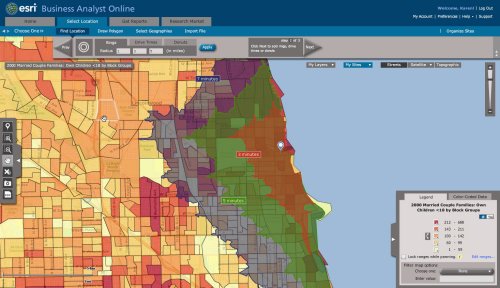
Smartphones have empowered the tech-savvy consumer and as a result stores are porous. According to the Mobile Movement Study, 95 percent of smartphone users have looked for local information and 70 percent use smartphones while shopping in-store to price compare or find the best place to purchase a product. For the retailer the most important statistic is that about the same number visit the business they search and 53 percent actually purchase.

Retailers realize that they need to keep on top of these trends and that place matters. Doing business locally is the new kind of normal. Many companies now differentiate merchandise assortments so they are tailored to local tastes and market potential. However, in 2012 every retailer understands that their bricks-and-mortar strategy has got to be about fulfilling customers’ needs in every store, in every market, everywhere.
Yet this shift to local, store-specific awareness also means an explosion in the size and types of data that need to be tracked, stored, analyzed, cross-tabulated and made sense of. There’s data from CRM and loyalty systems, online and web marketing, local promotions, coupons and store level transactions. It’s a world in which consumers have many ways to search for a particular item and easily locate the nearest store with that product in-stock at the price the customer wants. And many of those pesky smartphone apps are going to provide incentives that drive your customer out of your store to another competitive location. Suddenly all the work you did to optimize the price, quantity, and assortment mix is lost.
That’s where location analysis and GIS come in to shift the power back to the retailer. It enables you to identify, track and understand every customer shopping that particular store and get actionable intelligence about why they are doing it. Location analysis uses the same tools that are in the palm of your smartphone consumers hand but on the enterprise scale. The backend systems that are optimizing the competitive landscape are the very ones that can enable the savvy retailer shift focus and understand their customers better.
It’s a proven technology that delivers market strategies that not only enhance customer satisfaction but also drive incremental sales and margin. If you want to know how to deliver what customers want – stores in the right markets, with the right products for their demographic mix – and what you want – enough sales opportunity to overcome competition and changing consumer tastes, then you’ve got to get into location analysis.
Guest post by Simon Thompson, Esri’s director of commercial solutions.